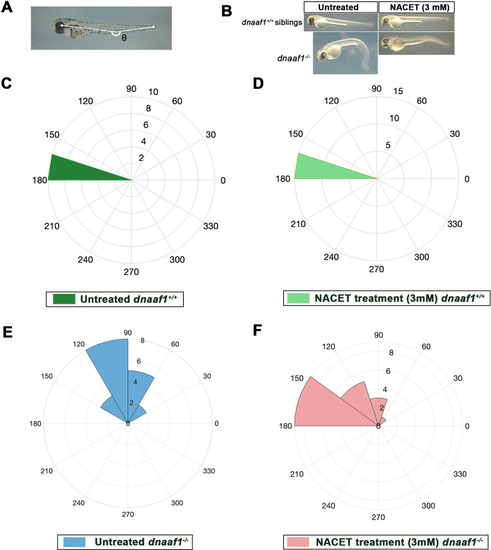Figure 7-supplement 1.
- ID
- ZDB-FIG-241017-101
- Publication
- Djebar et al., 2024 - Astrogliosis and neuroinflammation underlie scoliosis upon cilia dysfunction
- Other Figures
- All Figure Page
- Back to All Figure Page
|
Biological assay of NACET activity on ( |

